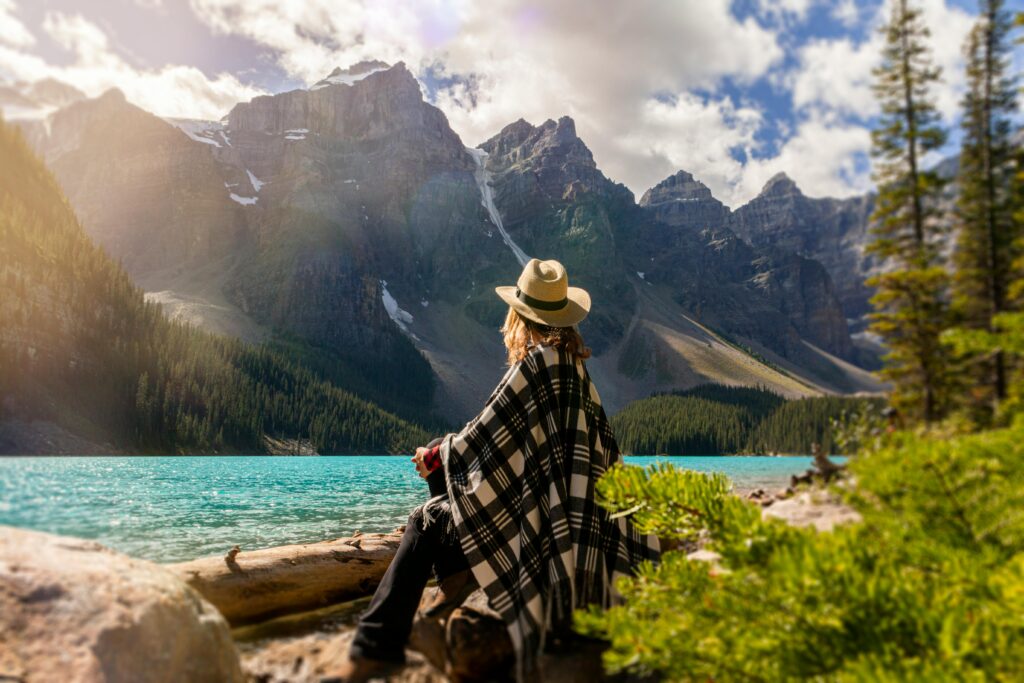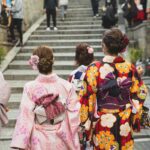Travel is about more than just seeing new places—it’s about capturing memories that last a lifetime. With the right approach, anyone can take stunning travel photos that tell a story, evoke emotion, and inspire others. Whether you’re a beginner with a smartphone or an experienced photographer with a DSLR, mastering travel photography is a journey of creativity, practice, and passion. This comprehensive guide covers essential travel photography tips, from choosing gear to editing your images, so you can return home with photos as unforgettable as your adventures.
Why Travel Photography Matters
Travel photography is the art of capturing the spirit of a place, its people, and your own personal experience. Great travel photos:
- Tell a story beyond the postcard view
- Preserve fleeting moments and emotions
- Inspire others to explore the world
- Serve as a visual diary of your journey
Mastering travel photography means learning to see the world with fresh eyes and sharing that vision with others.
Choosing the Right Gear for Travel Photography
1. Cameras
- DSLRs and Mirrorless Cameras: Offer the best image quality, manual controls, and lens flexibility. Ideal for enthusiasts and professionals.
- Compact Cameras: Lightweight and easy to carry, with many offering excellent image quality and zoom.
- Smartphones: Modern phones have powerful cameras and editing tools, making them perfect for spontaneous shots and travelers who pack light.
2. Lenses
- Wide-Angle Lens: Great for landscapes, architecture, and tight spaces.
- Standard Zoom (24-70mm): Versatile for most travel scenes.
- Telephoto Lens: Useful for wildlife, portraits, and distant subjects.
- Prime Lens (35mm or 50mm): Lightweight, sharp, and ideal for low light.
3. Accessories
- Lightweight tripod: Essential for night shots, long exposures, and group photos.
- Spare batteries and memory cards: Never run out of power or space.
- Lens cleaning kit: Dust and smudges are common on the road.
- Camera bag: Protects your gear and keeps it organized.
Understanding Composition Techniques
Great composition transforms ordinary scenes into extraordinary photos. Key principles include:
1. Rule of Thirds
Imagine your frame divided into a 3×3 grid. Place key subjects along the lines or at their intersections for balanced, dynamic images.
2. Leading Lines
Use roads, rivers, fences, or architectural features to draw the viewer’s eye into the scene.
3. Framing
Frame your subject with natural elements like doorways, windows, or branches to add depth and focus.
4. Symmetry and Patterns
Look for repeating shapes, reflections, or symmetrical scenes for visually pleasing shots.
5. Foreground Interest
Include objects in the foreground to create depth and context, especially in landscapes.
6. Fill the Frame
Get close to your subject to eliminate distractions and highlight details.
Using Natural Light Effectively
Light is the foundation of all photography. Mastering natural light will dramatically improve your travel photos.
1. Golden Hour
The hour after sunrise and before sunset offers soft, warm, and flattering light. Shadows are long, colors are rich, and scenes are magical.
2. Blue Hour
The time just before sunrise and after sunset, when the sky is deep blue, is perfect for cityscapes and moody landscapes.
3. Midday Sun
Harsh midday light can create strong shadows and washed-out colors. Seek shade, shoot indoors, or use the light creatively for high-contrast images.
4. Backlighting
Shooting into the sun can create silhouettes or glowing edges around your subject. Use exposure compensation to avoid underexposed faces.
Capturing Candid Moments and Authentic Emotions
The best travel photos often capture real, unposed moments.
- Be patient: Wait for the right moment rather than forcing a shot.
- Blend in: Dress simply, move quietly, and observe before shooting.
- Use a zoom lens or step back: Capture scenes without intruding.
- Ask for permission: Especially when photographing people up close.
- Tell a story: Focus on gestures, interactions, and everyday life.
Smartphone Photography Tips for Travelers
Your phone is a powerful tool for travel photography. Here’s how to make the most of it:
- Clean your lens: A quick wipe makes a big difference.
- Tap to focus and adjust exposure: Most phones let you tap the screen to set focus and brightness.
- Use gridlines: Enable the grid for better composition.
- Try different angles: Shoot from low or high perspectives for unique shots.
- Edit on the go: Use built-in or third-party apps to enhance colors, crop, and correct exposure.
Basic Post-Processing and Editing Tips
Editing brings out the best in your travel photos. Keep it natural and true to the scene.
- Crop and straighten: Remove distractions and fix horizons.
- Adjust exposure and contrast: Brighten shadows, recover highlights, and add depth.
- Enhance colors: Boost vibrancy without over-saturating.
- Sharpen details: Make your images crisp, especially for sharing online.
- Remove blemishes: Use spot removal tools for dust or distractions.
Popular editing tools include Lightroom, Snapseed, and VSCO.
Tips for Photographing Landscapes, Cityscapes, and People
1. Landscapes
- Use a wide-angle lens for sweeping vistas.
- Include foreground elements for depth.
- Use a tripod for sharpness, especially in low light.
- Wait for interesting weather—clouds, mist, or storms add drama.
2. Cityscapes
- Shoot at blue hour for glowing lights and rich colors.
- Find high viewpoints for panoramic shots.
- Capture street life and architectural details.
- Play with reflections in windows, puddles, or rivers.
3. People
- Capture portraits with natural light, preferably in shade or during golden hour.
- Focus on the eyes for emotional impact.
- Show people in context—at work, celebrating, or interacting with their environment.
- Respect privacy and cultural norms.
Common Mistakes to Avoid in Travel Photography
- Overpacking gear: Carry only what you need to stay mobile and spontaneous.
- Ignoring the background: Watch for clutter or distractions behind your subject.
- Not checking camera settings: Double-check ISO, white balance, and focus before shooting.
- Forgetting to tell a story: Don’t just collect pretty pictures—capture moments that mean something to you.
- Relying on auto mode: Learn manual or semi-automatic settings for more creative control.
Final Thoughts: Practice Makes Perfect
Mastering travel photography takes time, experimentation, and a willingness to learn from mistakes. The more you shoot, the better you’ll become at seeing light, composing images, and capturing the essence of a place. Don’t be afraid to try new techniques, ask locals for advice, and seek inspiration from other photographers. Most importantly, enjoy the process—your photos are your personal travel story, and every shot is a memory made to last.
What’s your top travel photography tip? Share your advice and favorite shots in the comments to inspire others to capture their journey!


